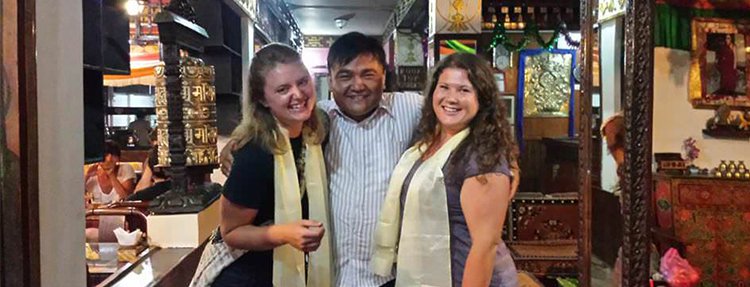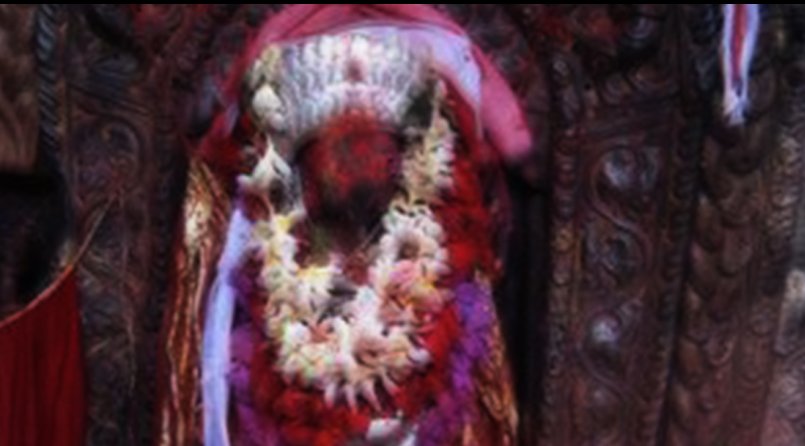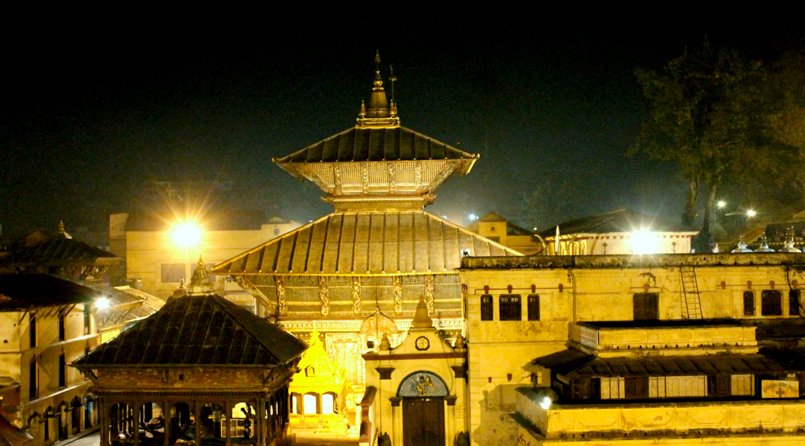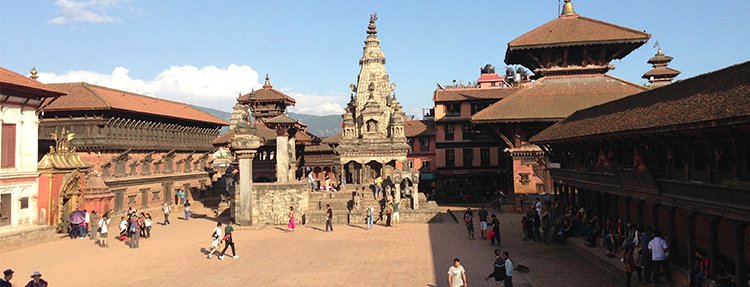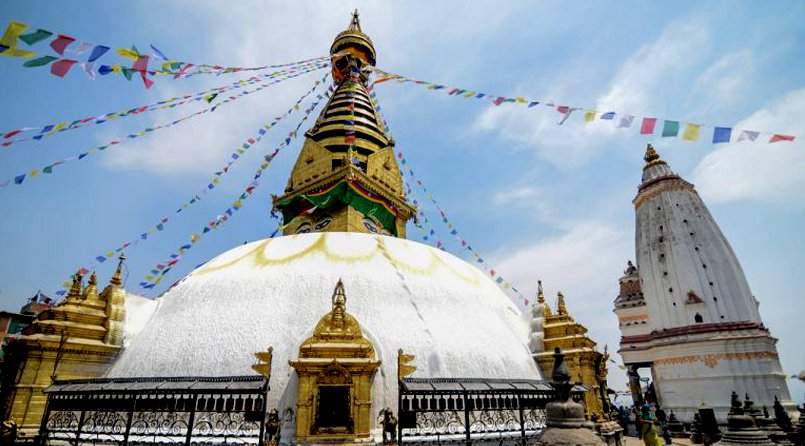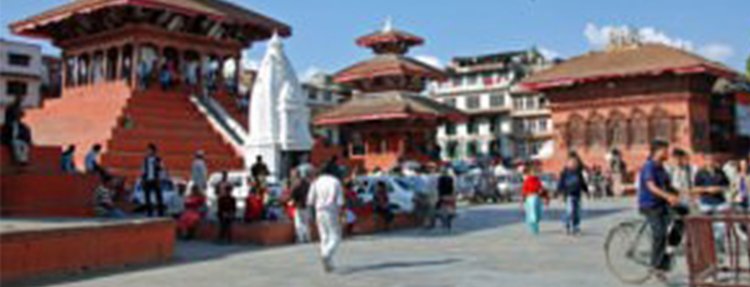Trip Facts


Overview
Boudhanath Stupa is located at 7 km East/Northeast of Kathmandu, Nepal. It is known as Kh’sti in Nepal Bhasa, Jyarung Khashor in Tibetan language or as Bauddha by speakers of Nepali. The Buddhist stupa of Boudhanath dominates the skyline. The ancient Stupa is one of the largest in the world. It is the largest stupa in Nepal and the holiest Tibetan Buddhist temple outside Tibet. Boudhanath was probably built in the 14th century after the Mughal invasions; various interesting legends are told regarding the reasons for its construction. It is the center of Tibetan culture in Kathmandu and rich in Buddhist symbolism. The stupa is located in the town of Boudha, on the eastern outskirts of Kathmandu With diameter of about 100m and 40m height, Buddhanath holds its place among the largest stupas in the world.
It is the center of Tibetan culture inKathmandu and rich in Buddhist symbolism. Among the Nepalese in Kathmandu, the stupa is simply referred to as “Chorten Chenpo†which translates to “Great Tower†or just “Great Stupa.†The base of the stupa tower is decorated with pairs of eyes on each of the cardinal directions representing the all-knowing nature of the Buddha. Asias largest stupa pulses with life as thousands of pilgrims gather daily to make a kora (ritual circumnavigation) of the dome, beneath the watchful eyes of the Buddha, which gaze out from the gilded central tower.
Bodhanath Stupa and its surrounding have kept the Tibetan culture alive. There are more than 45 Buddhist monasteries dedicated to different sects of Tibetan Buddhism, in the vicinity of Bodhanath Stupa. After 1959, many Tibetans arrived and settled in Bouddhanath area. Tibetan merchants have rested and offered prayers here for many centuries. It is especially spectacular at night when adorned with butter lamps. Many visitors come to see one of the more spectacular Buddhist sites in the world. The stupa, a well-known Buddhist pilgrimage site, is included in World Heritage Cultural site list by UNESCO.
Reviews
Simply put “WOW”.
Simply put “WOW”. I have never met more responsible people in my life. They made sure every step of the way was taken care of from the drivers, tour guides, trek guides, porters and hotel accommodations. I highly recommend this company for its hard working, responsible and friendly people. The people make a company. Special thanks to: Anuja “the planner”, Chitiz & Ashmir “the ultimate trekking guides” and finally Robin “the enthusiastic jungle bird watcher”.

Nick Devincenzo
San Diego, CaliforniaPlan Holidays did a fantastic job on our whole trip!
Plan Holidays did a fantastic job on our whole trip! We did the trip that included time in Kathmandu, Pokhara, Chitwan National Park and a 5-day trek around Annapurna. From the moment we stepped off the plane, we had guides showing us around and everything was perfectly planned for us. Maila, our trekking guide was amazing and had so much knowledge! It was a great trip!

Autumn Wonderlich
Boston, MassachusettsIncredibly well organized
This company was amazing. Incredibly well organized. I felt safe and spoiled. Our airport transports were always early and waiting for us. All of our reservations for our accommodations and busses were perfect. The temple tour we took was super fun and educational. Some of our luggage got stuck in our layover country and between this travel agency and our hotel they were able to get it for us and deliver it the next day. We also had a 10month old traveling with us and they made sure that our accommodation and travel plans were safe for him. During our 5 days of trekking, we had THE BEST guide/sherpa. I would positively let them plan another trip for us. Thank you!!!!
Email: https://facebook.com/karenk2000

Karen Graves
CaliforniaA wonderful trip
Thank you so much!!!!
We had a wonderful trip!!! And you were always there to help or guide us as needed! I hope we can have fun together again!!!!!

Janet Spencer
West Jordan, UtahNice trip to Nepal
Nice trip in Nepal organized by Plan Holidays Travel! Guide and Porter were great.
Michael Worcestar
Plan Holidays is the best company
Plan Holidays is the best company with wonderful staff members and Guide was incredible an genuinely cared for our welfare. It was such a pleasure to meet all the friendly and humorous people of Nepal. All of my thanks to Managing Director Mr. Kala Dhar Baral and the professional team members of Plan Holidays.

Samuel idas
Great Job
Plan Holidays did a great job on the organization of this wonderful journey! We all had a great time, it was such a pleasure to meet all the friendly and humorous people of Nepal.

Aleksandra Perr/Peter Babivskiy
I had a wonderful experience
I recently booked a tour with Plan Holidays, and I had a wonderful experience. Anuja scheduled the tour, and it was comforting to have our trip covered without any concerns. Our guide Shiva took us through Kathmandu, and showed all us the highlights of the city and provided us with the cultural and historical background. We also did the Poon Hill Trek with guides Chitiz and Ashmir, who provided a peaceful hike through the Himalayas. On our last two days, we spent time in Chitwan National Park, where our guide, Robin, took us on adventures where we saw crocodiles and rhinos.
The entire package was affordable, and our guides met our every need; they went out of their way for us on many occasions. It was comforting to get off the bus and see our guides waiting for us with our name tags. I would highly encourage anyone to book a trip through this company. I promise that you will have an amazing experience–five stars!


